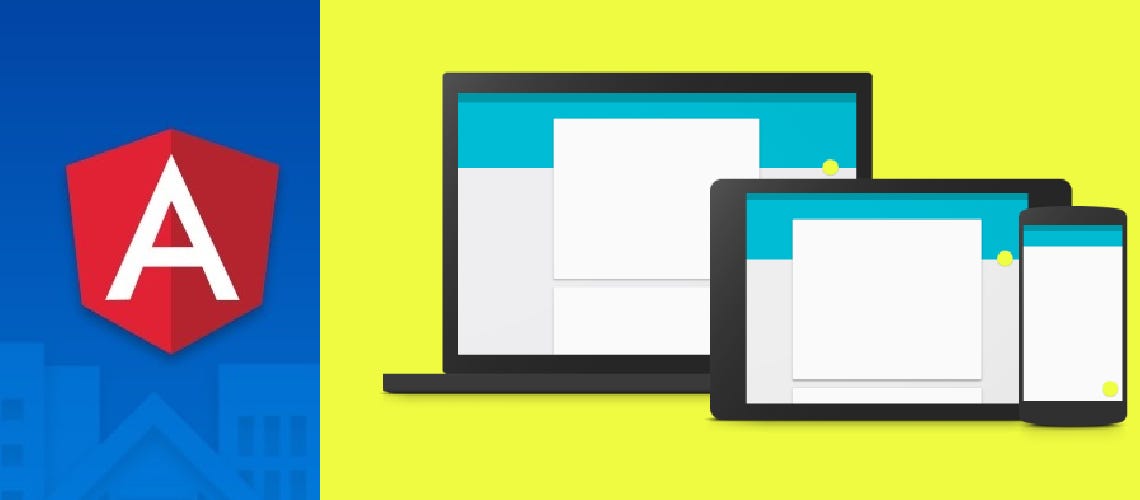When it comes to integrating CSS frameworks with Angular, several options are designed to work well and provide a seamless development experience. Here are some of the most popular CSS frameworks that are commonly used with Angular:
- Angular Material: This is a UI component library for Angular developers. Angular Material provides a wide range of reusable UI components following Material Design principles. It’s designed specifically for Angular applications and integrates smoothly, offering components that work out of the box with Angular’s form controls and validation.
- Bootstrap: Although not Angular-specific, Bootstrap is a widely used CSS framework that can easily be integrated into Angular projects. It offers a vast collection of pre-styled components and responsive layout utilities. For Angular, you can use
ng-bootstraporngx-bootstraplibraries, which provide Bootstrap components as Angular directives without the need for jQuery. - Tailwind CSS: Tailwind CSS is a utility-first CSS framework that can be used with any JavaScript framework, including Angular. It allows for highly customizable designs with minimal CSS. Integration with Angular might require some initial setup to include Tailwind in the build process, but it provides flexibility in styling components.
- PrimeNG: This is a collection of rich UI components for Angular. PrimeNG is a comprehensive library that offers a wide range of components, from basic elements to complex utilities. It’s designed to work seamlessly with Angular’s architecture and supports themes and templates for customization.
- Clarity Design System: Developed by VMware, Clarity is a UX guidelines, HTML/CSS framework, and Angular components library. It’s designed to work cohesively with Angular applications, providing a set of high-quality, accessible components that are consistent with Clarity design principles.
- NG-ZORRO: This is an Ant Design-based UI library for Angular applications. It provides a set of high-quality Angular components out of the box. It’s designed to give developers and designers a set of tools for creating rich, interactive user interfaces.
When choosing a CSS framework for your Angular project, consider factors such as the complexity of the UI components you need, the design principles you want to follow (e.g., Material Design, custom designs), and the size and performance implications of adding another library to your project. Each of these frameworks has its strengths and might be more suitable for different types of projects.

Leave a Reply
You must be logged in to post a comment.